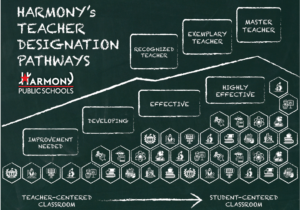Funding that Creates Incentives for Performance, Options & Innovation

“How money is spent is as important as how much money is spent in education.” The Digital Learning Now report offers guidance to state policy makers on the technically and politically difficult subject of school finance in a video released today on #Element 9. DLN advises that state funding should:
- Pay providers in installments that incentivize completion and achievement.
- Allow for digital content to be acquired through instructional material budgets and does not discourage digital content with print adoption practices.
- Allow customization of education including choice of providers.
Florida Virtual School receives half of its payment for supplemental courses based on successful student completion. The completion incentive is an example of the first point—education funding should move from attendance to completion and achievement. Utah recently adopted a similar provision for courses taken online. By shifting a small portion of funding for all secondary students to completion-based it would increase the incentive to support and retain students (as opposed to funding on a beginning of the year count which creates a push-out incentive).
In states that provide line item budgets for content, districts should be able to purchase digital content in place of print. The longer-term solution is to provide weighted student funding to authorized school and program operators that have demonstrated success.
Element #7 suggests that states authorize multiple statewide providers. To provide full and part time learning options, states would need to set a fractional funding rate that follows the student to the selected course. Portability is obviously a challenge in states with a high percentage of local funding.
There are several ways that digital learning can help states and districts save money. Full-time virtual schools can save money on facilities or transportation compared to traditional schools. Supplemental programs offering individual course enrollments can offer even bigger savings to states and districts. Here are several examples:
- Districts could shift all upper division courses to blended learning with some taught locally and some staffed remotely. Integration, application, and support opportunities could make this a rich, social, and community-connected experience rather than day after day in a computer lab.
- States could issue an RFP for Advanced Placement courses with a minimum volume (like an Advance Market Commitment) and share savings with districts.
- States or service districts (county, RSD, ESD, etc) could purchase world language services and increase options while reducing cost.
- Districts or service districts can purchase special services like speech therapy and get better service on demand and save money.
DLN Element #9 concludes, “Given fiscal challenges faced by governments across the country, states need to be innovative to meet the challenge of providing access to digital content. To build a quality digital learning environment, states will have to spend smarter – not necessarily more. Geographically unbounded digital learning provides incentive for states to develop an equalized and weighted funding formula that better matches resources with individual student needs regardless of zip code.”







0 Comments
Leave a Comment
Your email address will not be published. All fields are required.